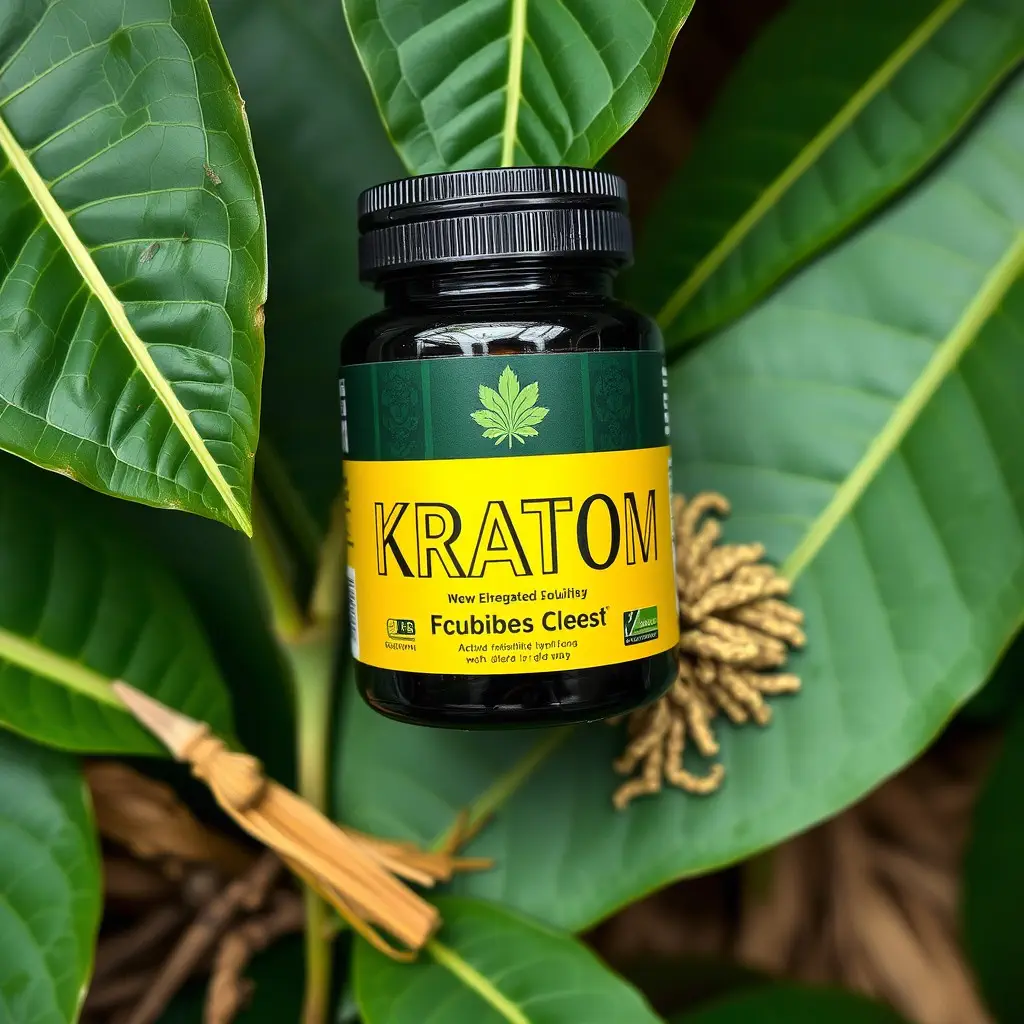Kratom and kanna products are under investigation for their potential roles in managing opioid withdrawal symptoms. Sourced from Southeast Asia and South Africa respectively, these natural substances engage with the brain's opioid receptors, offering relief that could complement or serve as an alternative to conventional pharmaceutical interventions. Kratom contains alkaloids like mitragynine and 7-hydroxymitragynine, while kanna products, which may include the alkaloid harmonine, are traditionally used for mood enhancement and pain relief. Preliminary studies suggest that combining these substances could enhance therapeutic benefits in treating withdrawal symptoms. However, it is crucial to note that the safety and efficacy of this combination remain under scientific scrutiny, and their use should be guided by healthcare professionals due to the complex nature of opioid withdrawal and the need for personalized treatment plans. Individuals interested in these alternatives as part of their recovery process should do so under medical supervision to ensure they are used responsibly and effectively.
Kratom, a botanical derivative from Mitragyna speciosa, and kanna products have garnered attention in the context of opioid withdrawal management. This article delves into the potential benefits of kratom in alleviating the distressing symptoms associated with opioid cessation. By examining its pharmacological interactions with opioid receptors, we explore the scientific rationale for its use. Additionally, we assess the role of kanna products as a complementary treatment, offering insights into their synergistic effects. The aim is to provide a comprehensive understanding of these alternatives in addressing the challenges of opioid withdrawal, contributing to the broader conversation on recovery and wellness strategies.
- Unraveling the Potential of Kratom in Mitigating Opioid Withdrawal Symptoms: An Overview
- The Science Behind Kratom and Its Interaction with Opioid Receptors
- Exploring the Role of Kanna Products as a Complementary Treatment for Opioid Withdrawal
Unraveling the Potential of Kratom in Mitigating Opioid Withdrawal Symptoms: An Overview

Kratom, derived from the leaves of Mitragyna speciosa, has garnered attention in various medical and scientific communities for its potential role in alleviating opioid withdrawal symptoms. The mitigating effects of kratom are believed to stem from its interaction with the opioid receptors in the brain, which can help to ease the discomfort associated with cessation or reduction of opioid use. Preclinical studies have suggested that kratom may offer a modulatory effect on opiate withdrawal, providing relief that could be comparable to that of traditional pharmaceutical interventions, without the risks of addiction associated with those substances.
In the realm of alternative treatments for opioid withdrawal, kanna products have also emerged as a subject of interest. Kanna, scientifically known as Sceletium tortuosum, has been traditionally used in South Africa for its mood-enhancing and analgesic properties. While its effects are distinct from those of kratom, some research indicates that kanna might complement the withdrawal management process when combined with kratom. This dual approach could potentially enhance the therapeutic benefits, offering a more holistic solution to individuals grappling with opioid dependence. However, it is crucial for prospective users to approach such alternatives with caution and under medical supervision, given the complexities of substance withdrawal and the need for personalized care. Ongoing research continues to unravel the potential synergies and mechanisms of action between kratom and kanna products, offering hope for those affected by opioid use disorder.
The Science Behind Kratom and Its Interaction with Opioid Receptors

Kratom, a tropical tree native to Southeast Asia, has garnered attention in the medical community for its potential role in managing opioid withdrawal symptoms. The alkaloids found within kratom leaves interact with the opioid receptors in the brain, mimicking the effects of opioids. This interaction is the basis of kratom’s utility in opioid cessation therapy. Specifically, mitragynine and 7-hydroxymitragynine, two primary alkaloids in kratom, bind to mu-opioid receptors, which are also the targets for many prescription opioids. This binding can help to alleviate withdrawal symptoms by providing a structure that the body recognizes from its prior opioid use, thus potentially easing the transition during detoxification.
The scientific community is exploring kratom’s mechanisms of action further, particularly regarding its efficacy and safety in comparison to other medications used for opioid withdrawal. Kanna products, which often include kratom, are also being considered as part of a holistic approach to treatment. These products, when sourced responsibly and used under medical supervision, may offer an alternative or adjunct to traditional medications, providing relief from the discomfort associated with opioid withdrawal while maintaining a lower risk of addiction and dependency. However, it is crucial for individuals considering kratom as part of their treatment plan to consult healthcare professionals to ensure proper dosing, safety, and compatibility with other treatments.
Exploring the Role of Kanna Products as a Complementary Treatment for Opioid Withdrawal

Kratom, a plant originating from Southeast Asia, has garnered attention in discussions surrounding opioid withdrawal due to its mitragynine content, which is believed to interact with opioid receptors. As the opioid epidemic continues to be a pressing public health issue, there’s an urgent need for effective treatments to alleviate withdrawal symptoms and aid in recovery. Enter kanna products, which have been historically used in South African cultures and are gaining recognition for their potential therapeutic properties. Preliminary research suggests that compounds within kanna, specifically the alkaloid harmonine, may complement kratom’s effects by potentially reducing anxiety and depression, two common challenges faced during opioid detoxification. The synergistic effect of these two substances could offer a more holistic approach to managing withdrawal symptoms, although further clinical studies are essential to explore their combined efficacy and safety. As the scientific community continues to investigate the therapeutic potential of kanna products in conjunction with kratom, it is crucial for individuals seeking treatment to consult healthcare professionals who can provide guidance on safe and evidence-based practices. The integration of kanna products into opioid withdrawal treatment protocols may offer hope to those affected by this crisis, but such a approach should only be undertaken under medical supervision.
Kratom’s potential in addressing opioid withdrawal symptoms has garnered significant attention, offering a promising alternative to manage the distressing effects of detoxification. The scientific community continues to investigate how kratom interacts with opioid receptors, providing insights into its therapeutic role. Additionally, the exploration of kanna products as complementary treatments in this context offers another layer of support for individuals navigating withdrawal. As research progresses, it is clear that both kratom and kanna hold significant promise in the realm of opioid addiction treatment, meriting further investigation and consideration within clinical settings to enhance patient care and recovery outcomes.






